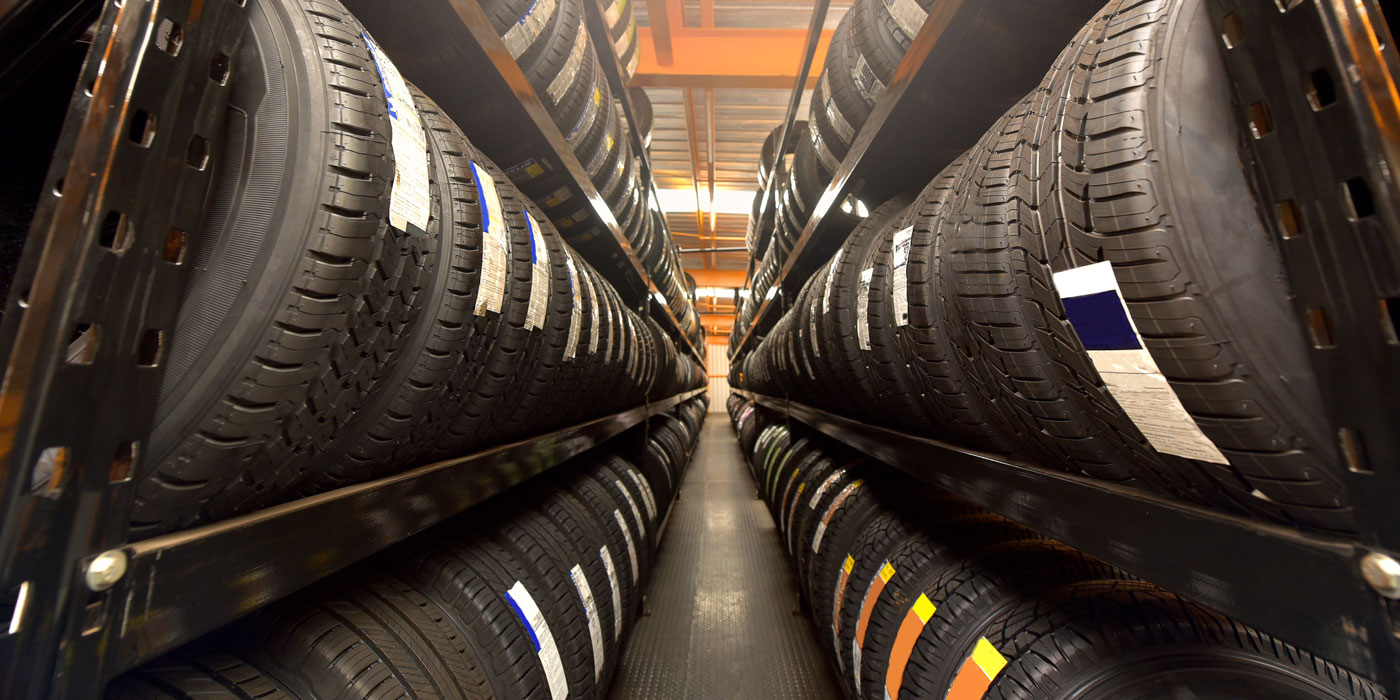The Science Behind Ultra-High-Performance Tires
The dream of going fast began soon after the invention of gasoline-fueled vehicles in 1880. The first true race was held in 1895 from Paris to Bordeaux and back with a distance of 1,178 km (732 mi.) and average speed of 24.15 kph (15 mph). In the same year, the first 54-mile race from Chicago
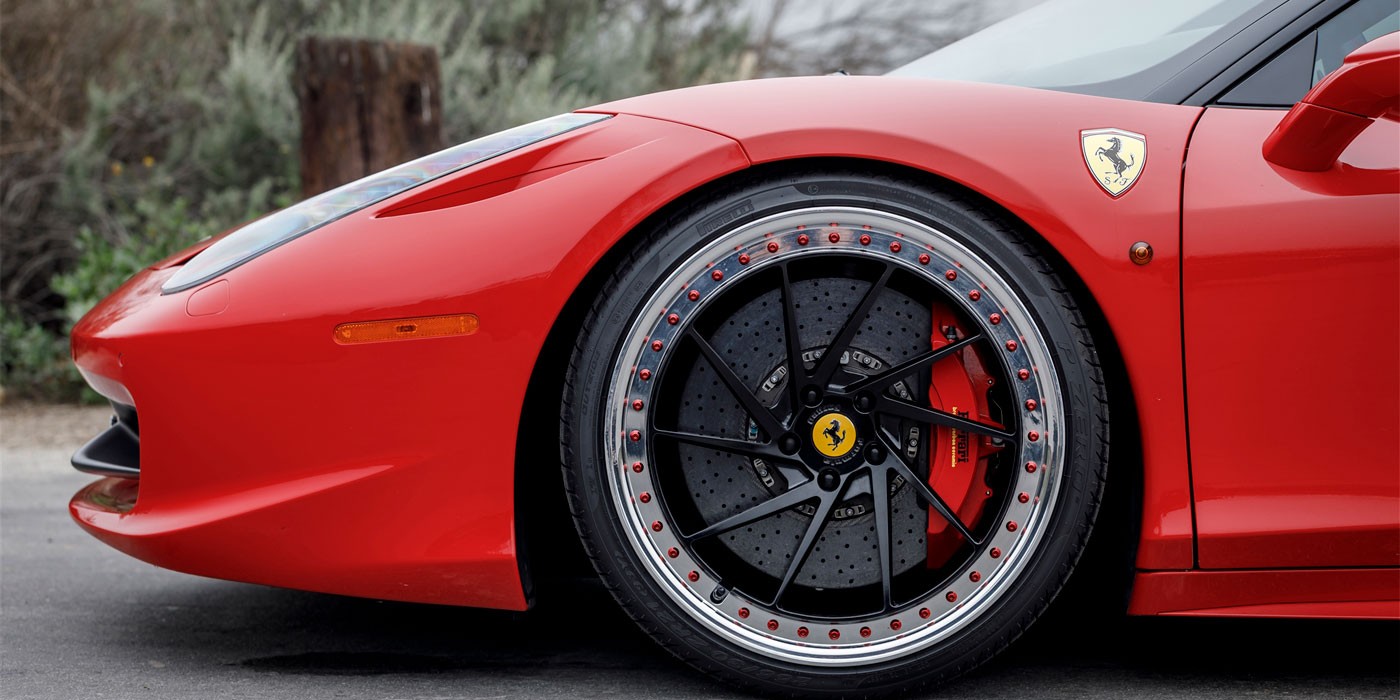
The Science Behind High-Load Tires
Something in every vehicle needs to carry the vehicle and payload. It just so happens that the black, round objects in the four corners of the vehicle are designed to do the job, and the amount of weight they can carry is known as the tire’s load-carrying capacity. When we started the “Science Behind” series
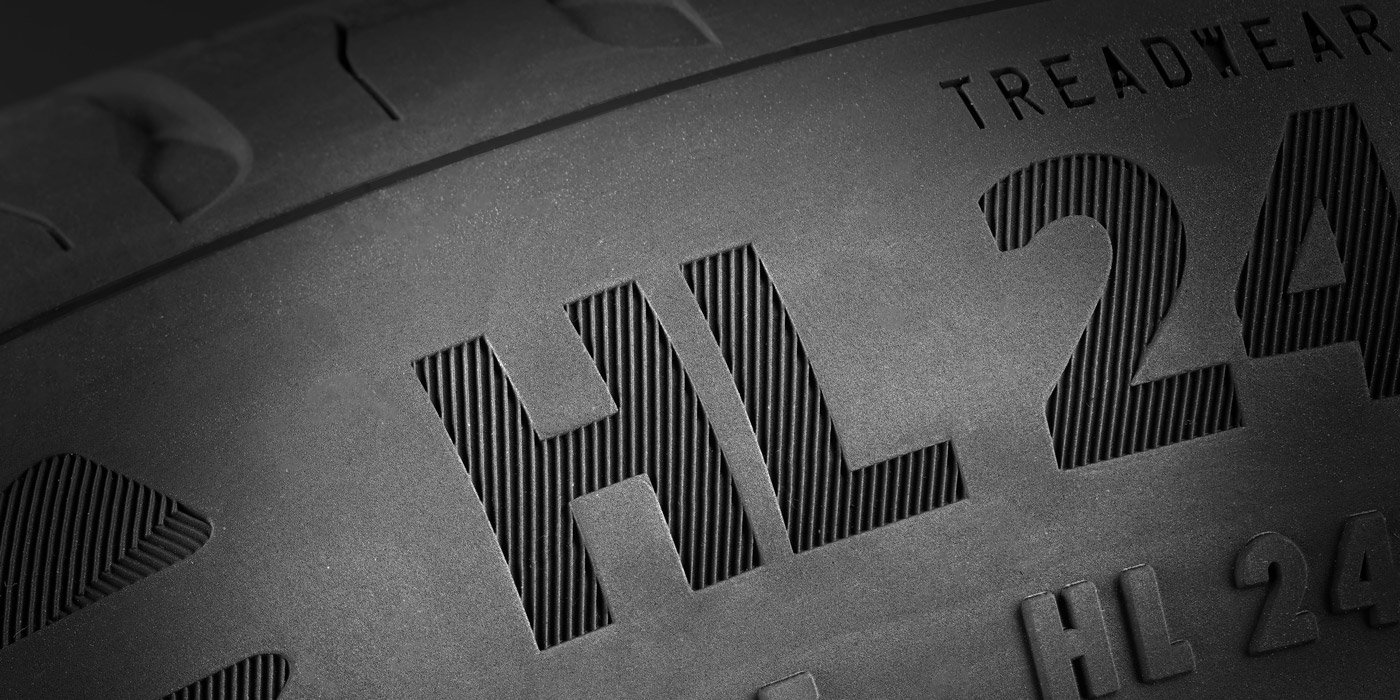
The Science Behind Tread Depth on Passenger Tires
Tire engineers will continue to challenge themselves daily to make tires safer, faster, more comfortable and last longer while optimizing the tread depth of the tire.
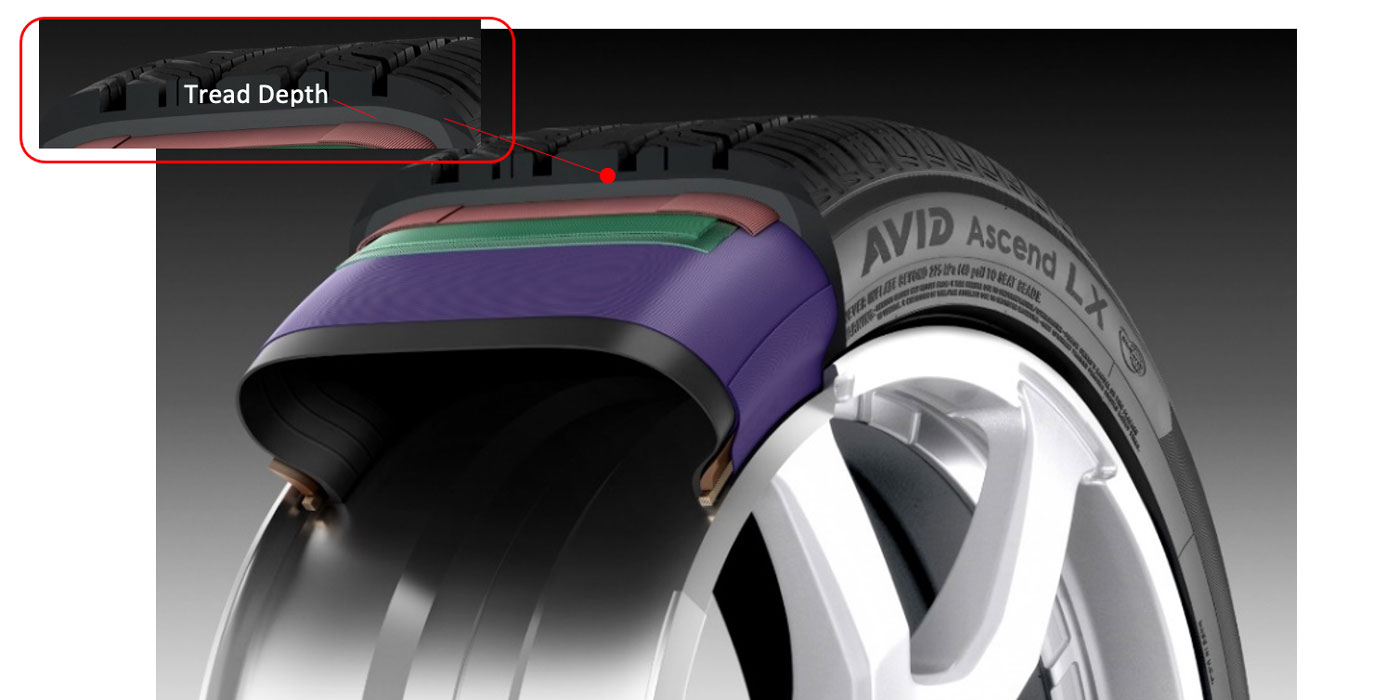
The Science Behind Tread Compounds on Passenger Tires
While other tire components deliver some of the overall tire performances, the majority comes from the tread area and in the specific tread compound. This shouldn’t be a surprise as the tread is the only part of the tire connected to the road.
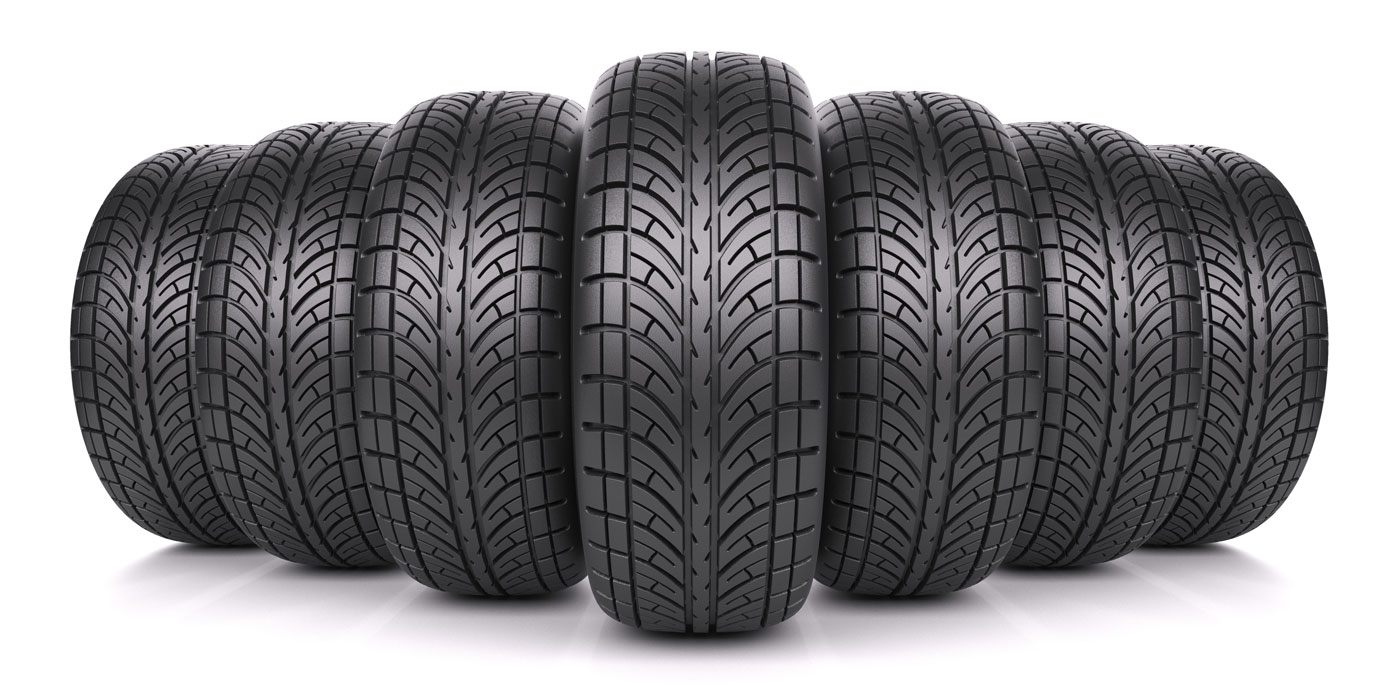
What Are Tire Speed Ratings?
The Science Behind” series in Tire Review started with a “Tire Basics” article in 2020. In that article, we discussed a tire’s sidewall markings. We also briefly talked about tire speed symbols with a promise of going into detail at a later time, which will be the focus of this article. So, let’s dig in.

More of the Science Behind Traction and Braking
Depending on the type of traction or braking that a manufacturer uses as its area of focus, some tire components may be more effective than others.
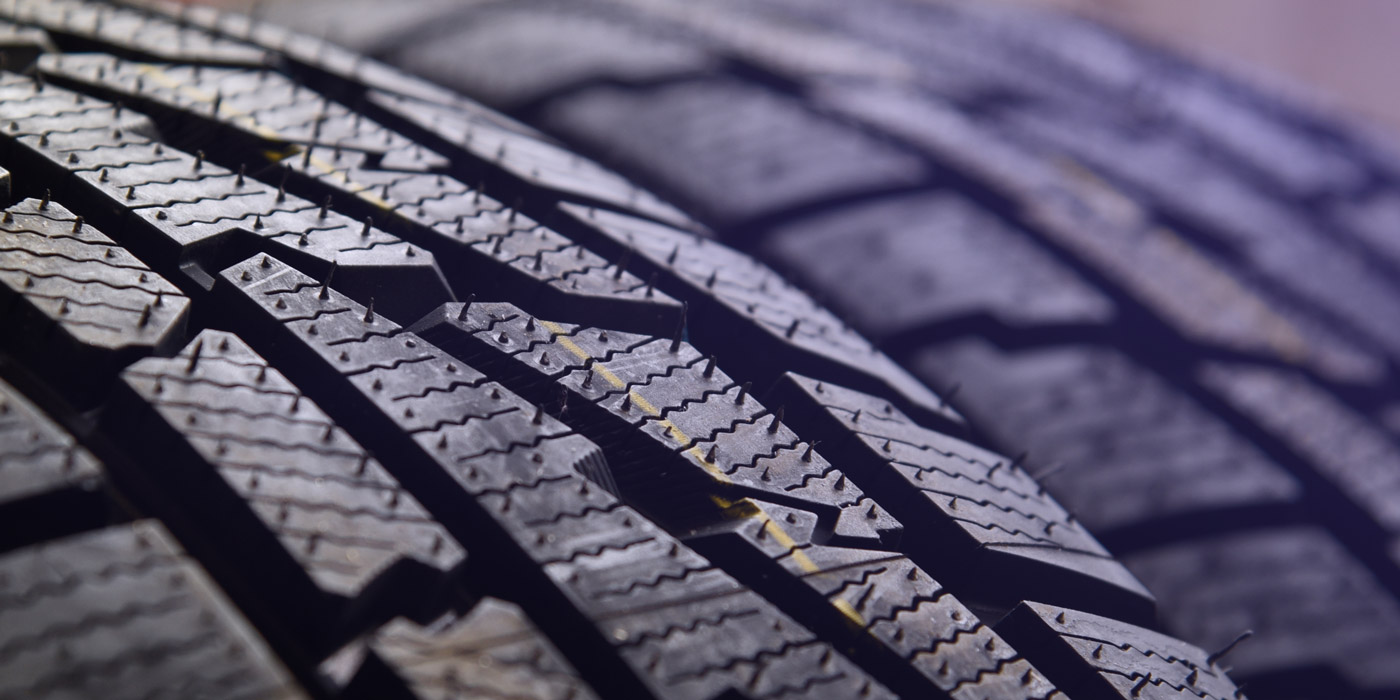
The Science Behind Traction and Braking
This article reviews the definition of traction and braking in different conditions and the effect of the tire parameters on those performance aspects.

The Science Behind Ride & Handling
Ride and handling are the first impressions someone will have when they purchase a vehicle. We review a tire’s effects on ride and handling and discuss vehicle manufacturer requirements related to the two.
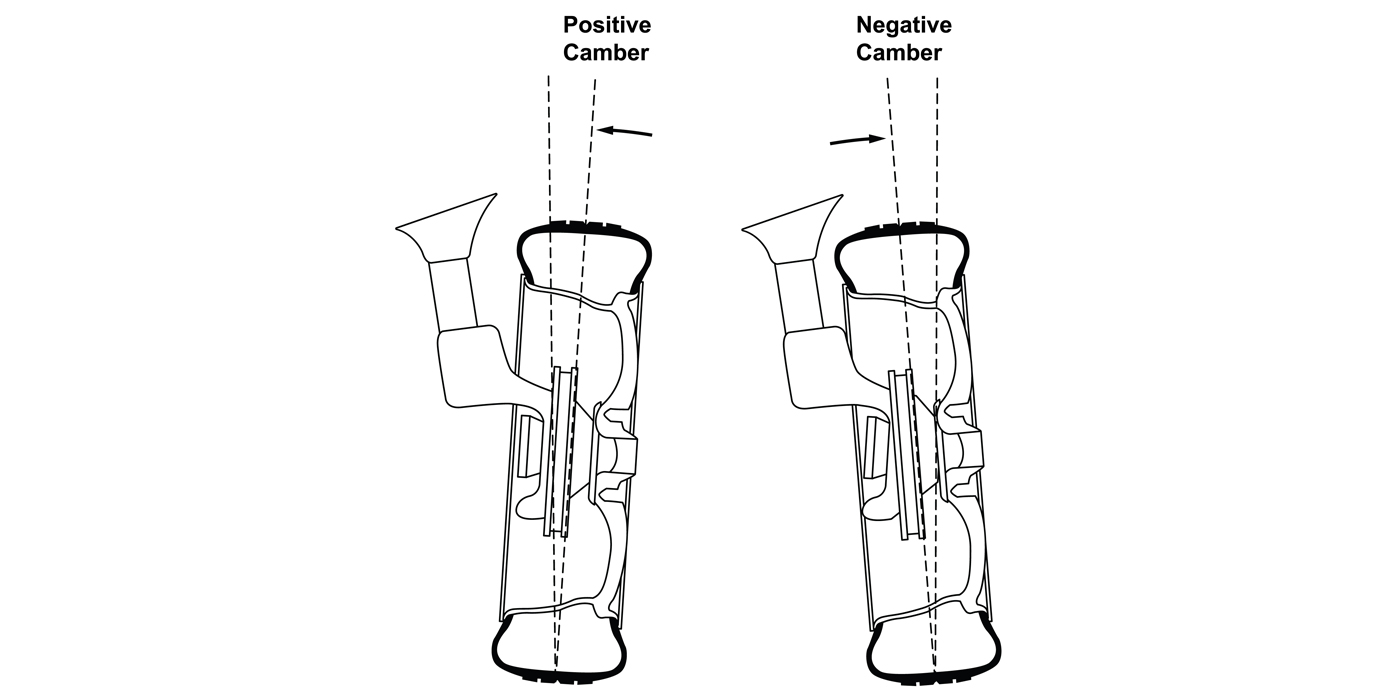
Speed of Sound: The Science of Tire Noise
Designing a quiet, comfortable tire for OEM applications is critical.
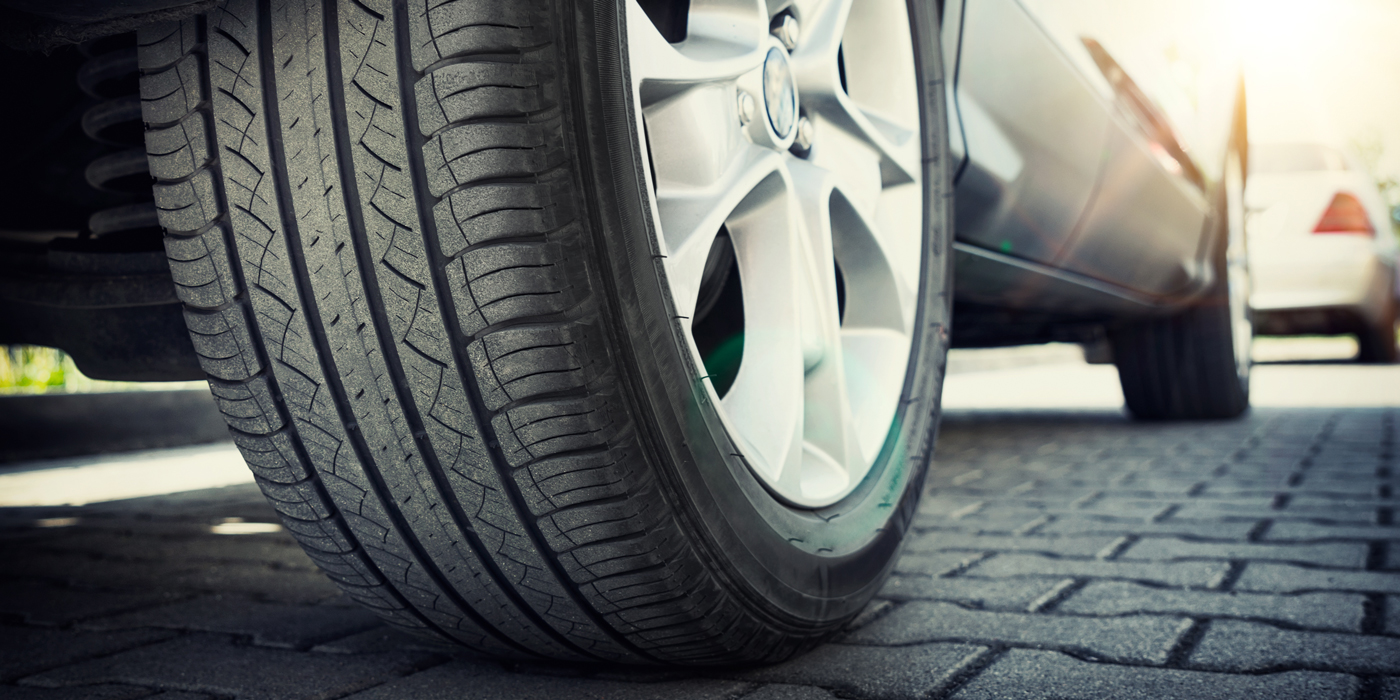
The Science Behind Run-Flat Tires
This article takes a deep dive into the current run-flat market, the extended mobility concept and the science behind run-flat tires.
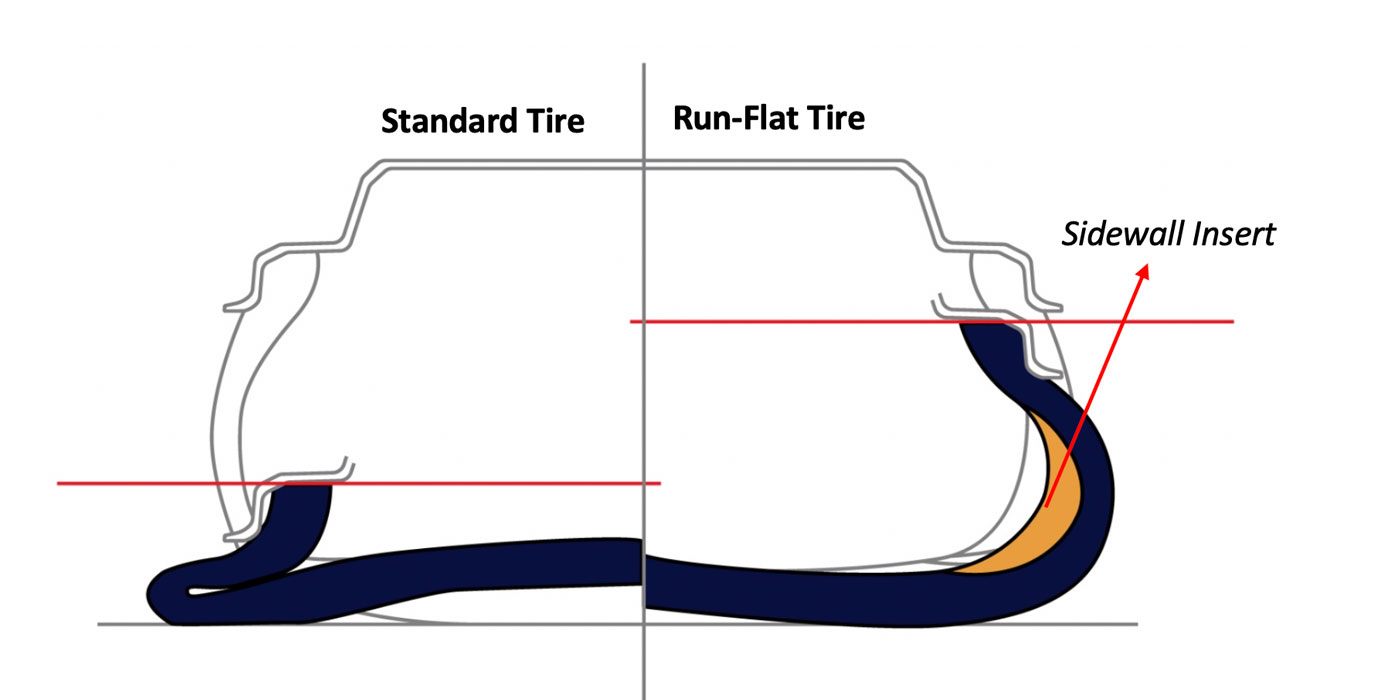
PLT Tires: The Basics & Beyond, Part II
In Part II of this series, we discuss the effect of tire pressure on specific tire performance, DOT information on tires and UTQG (uniform tire quality grading) markings.
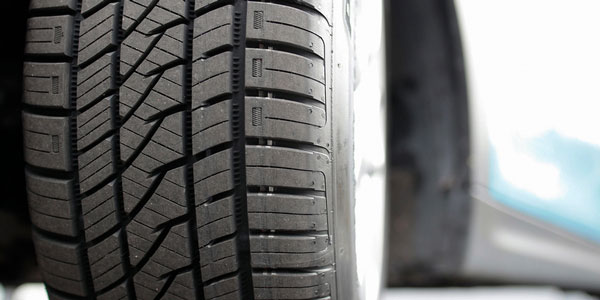
PLT Tire Basics, Part I
In the first part of this two-part Tire Review exclusive series, we talk about the information on the sidewall, tire pressure, vehicle load carrying capacity, speed ratings and more.
